Physiological Diversity in Insects: Ecological and Evolutionary Contexts
- PMID: 19212462
- PMCID: PMC2638997
- DOI: 10.1016/S0065-2806(06)33002-0
Physiological Diversity in Insects: Ecological and Evolutionary Contexts
Figures



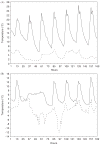
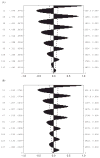




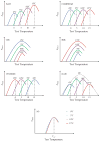






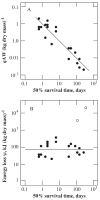
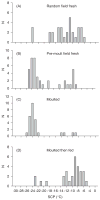
References
-
- Addo-Bediako A, Chown SL, Gaston KJ. Revisiting water loss in insects: a large scale view. J Insect Physiol. 2001;47:1377–1388. - PubMed
-
- Addo-Bediako A, Chown SL, Gaston KJ. Metabolic cold adaptation in insects: a large-scale perspective. Funct Ecol. 2002;16:332–338.
-
- Agrawal AA. Phenotypic plasticity in the interaction and evolution of species. Science. 2001;294:321–326. - PubMed
-
- Alleaume-Benharira M, Pen IR, Ronce O. Geographical patterns of adaptation within a species’ range: interactions between drift and gene flow. J Evol Biol. 2006;19:203–215. - PubMed
Grants and funding
LinkOut - more resources
Full Text Sources
